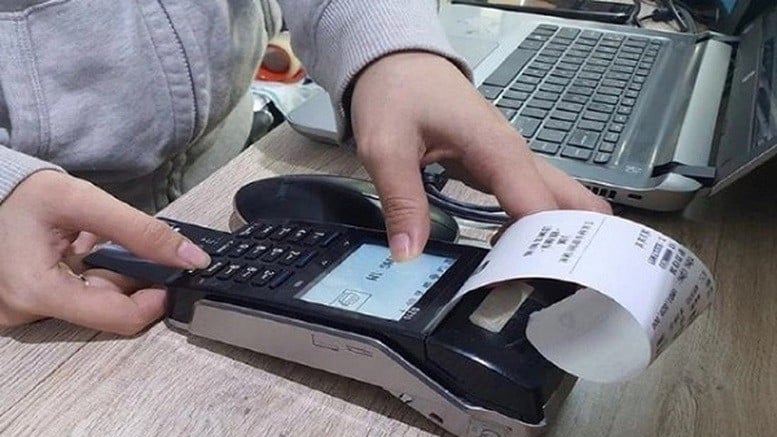
With the goal of promoting digital transformation in tax management for business households, considering this a key to improve efficiency and reduce compliance costs, this method has helped business households declare and pay taxes conveniently, while helping tax authorities automate tax calculation and risk monitoring.
Accordingly, the immediate specific task is to build a database of all business households and individual businesses such as: business registration status, tax registration (registered/unregistered, temporarily suspended, abandoned business address); business lines, business items; contracted/declared revenue, costs (premises, labor, electricity, water, other costs); break-even revenue, input invoice revenue; expected revenue to serve as a basis for revenue risk management; invoices when the contracted tax mechanism is abolished, all business households switch to self-declaration and tax payment.
The database construction work is being carried out by tax authorities under Project 420, according to which by the end of June 2025, the whole country has built a database of 1.8 million business households, accounting for 81% of the total 2.2 million business households that need to build a database. By September 2025, 162,000 business households and individuals have registered for tax, declared tax, and paid tax on the Electronic Information Portal for business households and individuals, with the amount of tax paid in the first 9 months of 2025 being nearly 2.12 trillion VND, an increase of 3.9% compared to August 2025.
In addition, the Tax Department strengthens data connection between tax authorities and banks, payment intermediaries, e-commerce platforms, electricity/water/telecommunications suppliers, etc. to compare and monitor actual revenue of business households. Complete the set of risk management criteria applicable to business households, including indicators on revenue, industry, location, compliance history, invoice usage status, etc.
On that basis, establish an early warning system for cases where business households show signs of risk (declared revenue is lower than expected revenue, unusual revenue fluctuations, sudden tax increases or decreases, issuance of many high-value invoices and then cessation of business, etc.). The information technology system needs to integrate external data sources (banks, business registration agencies, population databases according to Project 06) to closely monitor the activities of business households after the tax is abolished. Solutions to connect and share information with relevant parties (police agencies, market management agencies, banks, etc.) will also be deployed in the 2025-2026 period.
At the same time, the Tax Department upgraded the existing "business household digital map" into an electronic business household directory, updating information on all declared business households (instead of the previous one which only had contracted household data). This directory will be a centralized database, serving the analysis, comparison and support of management decision-making, connecting with functional agencies, creating a foundation for modern management and preventing revenue loss.
In addition, tax authorities at all levels are quickly popularizing electronic tax services and support tools for business households : currently, the Tax Department has been providing free electronic tax services on the Portal and mobile application (Etax Mobile) for taxpayers. The next task is to complete and add features so that 100% of business households can easily declare and pay electronic taxes. Accordingly, it is necessary to study and evaluate existing functions, to add instructions for using applications specifically for business households (such as video tutorials on the app); taxes incurred are paid via electronic channels (internet banking, mobile money ...).
In addition, the Tax Department develops tools to support declarations such as integrating tax declaration features using smartphones for small businesses that have limited access to computers, or applying AI technology to automatically fill out declarations based on invoice history. Diversifying tools will ensure that all businesses, regardless of their technology level, have suitable solutions to comply with tax obligations. This task is handled by the digital transformation subcommittee, completing the main items in 2025 (electronic tax declaration portal for businesses) and upgrading additional items in 2026.
Furthermore, the Tax Department has built an automatic tax calculation application system from electronic invoice data. This is a breakthrough solution to reduce the burden of declaration for business households and increase the accuracy of tax calculation. The Tax Department will develop an application (or function on the eTax system) that allows the synthesis of all revenue data of business households from the electronic invoice system and other sources, thereby automatically determining the amount of tax payable according to regulations, creating a suggested tax declaration for business households. Business households only need to log in, check the information and confirm to submit the declaration, instead of having to calculate from scratch.
This solution is especially useful when eliminating lump-sum tax, because many business households that are not familiar with declaration will avoid errors, and the tax authority can also control whether the declared revenue matches the invoice or not. As a result, each business household has its own tax information table, recording revenue from invoices, calculating value-added tax and personal income tax; business households can download or print pre-filled declarations. This will greatly simplify the tax declaration procedure for business households, helping any household to fulfill its obligations without having to hire an accountant.
The State provides free of charge to small, micro-enterprises, and business households a digital platform integrating digital transformation solutions, including accounting software with features that ensure integration with electronic invoice software and digital signature services that micro-enterprises, small enterprises, business households, and individual businesses use according to regulations in Clause 3, Article 12 of Resolution No. 198/2025/QH15.
According to the Tax Department, upgrading the information technology system to meet new regulations is essential, because amending laws, policies and issuing new procedures will require updating and perfecting corresponding information technology applications. Specifically: upgrading the tax registration system, tax code management to receive a large number of converted business households; upgrading the electronic tax declaration and payment application to match the new form; upgrading the electronic invoice management system according to Decree No. 70/2025/ND-CP (on electronic invoices from cash registers); adding the function of managing accounting books for business households (if it is necessary to track cost data for households declaring with books).
During the implementation process, a technical support hotline will be set up for businesses and tax officials to use the new systems and handle problems promptly. It can be seen that the expected IT workload is very large, but this is a prerequisite for successful management method transformation, because it is impossible to effectively manage millions of declaring businesses without the support of IT.
And the group of digital technology application solutions will create a “soft infrastructure” for tax management of business households in the new era: all business households use electronic invoices, declare and pay taxes electronically; all data is digitized and analyzed. The result is to minimize manual intervention, improve transparency and taxpayer compliance.
Source: https://nhandan.vn/phat-trien-cac-nen-tang-so-dung-chung-post917165.html


![[Photo] Da Nang: Shock forces protect people's lives and property from natural disasters](https://vphoto.vietnam.vn/thumb/1200x675/vietnam/resource/IMAGE/2025/10/22/1761145662726_ndo_tr_z7144555003331-7912dd3d47479764c3df11043a705f22-3095-jpg.webp)


![[Photo] Prime Minister Pham Minh Chinh chairs meeting on nuclear power plant construction](https://vphoto.vietnam.vn/thumb/1200x675/vietnam/resource/IMAGE/2025/10/22/1761137852450_dsc-9299-jpg.webp)




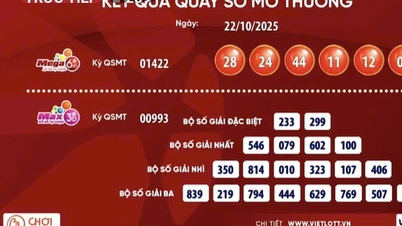


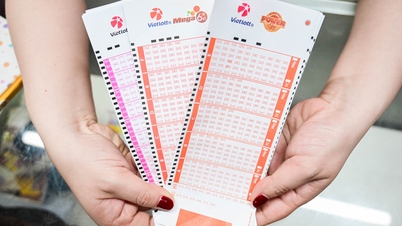







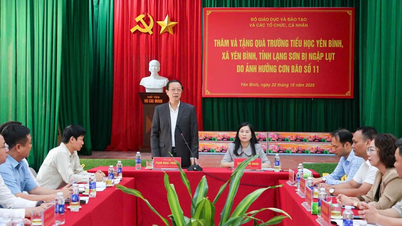
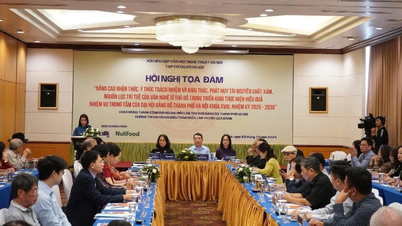
![[Photo] Prime Minister Pham Minh Chinh chairs meeting on nuclear power plant construction](https://vphoto.vietnam.vn/thumb/402x226/vietnam/resource/IMAGE/2025/10/22/1761137852450_dsc-9299-jpg.webp)
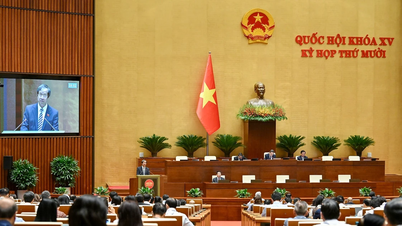
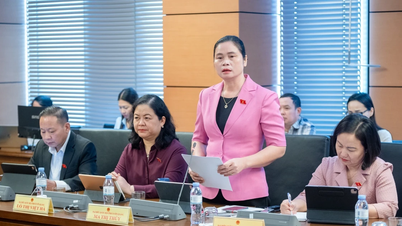
![[Video] Delegates discuss several draft laws on the education sector](https://vphoto.vietnam.vn/thumb/402x226/vietnam/resource/IMAGE/2025/10/22/1761136354131_quoc-hoi-chieu-22-6907-jpg.webp)





















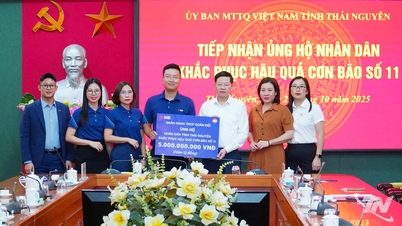



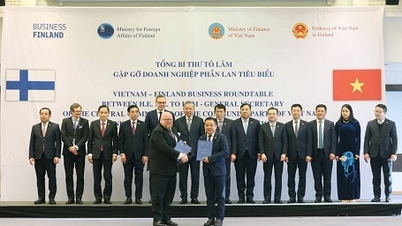













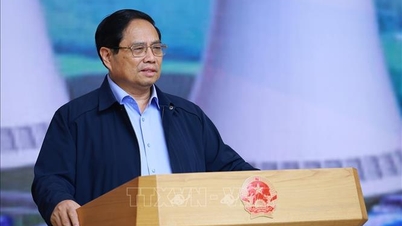




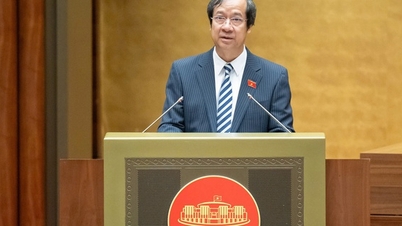


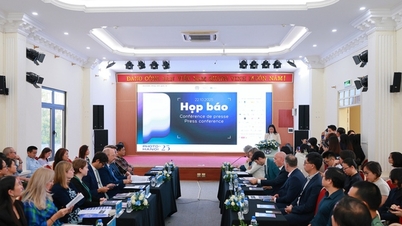










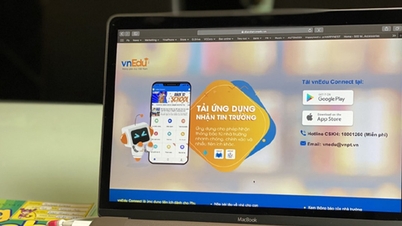


















Comment (0)